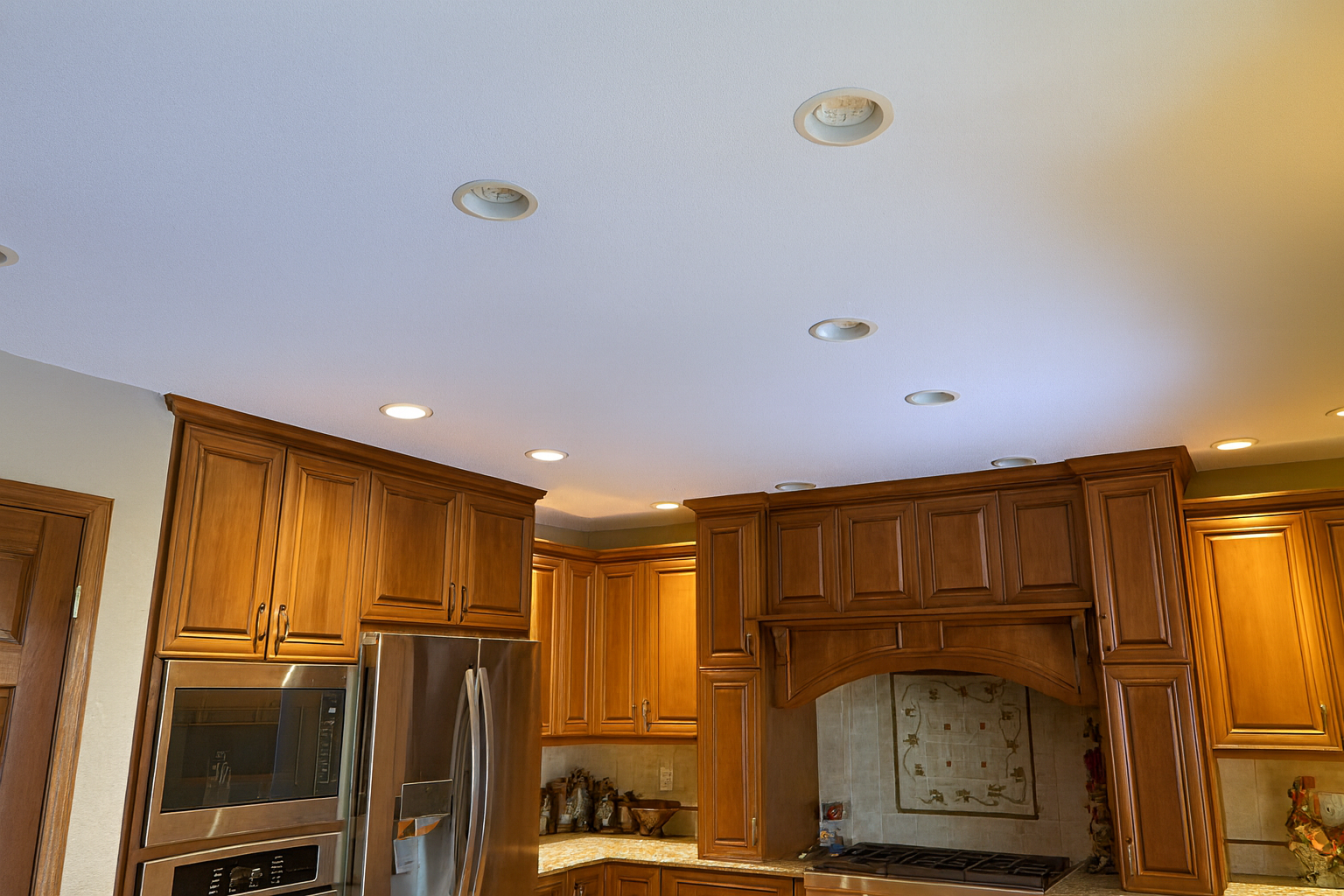
The Science of Drywall Repair: Techniques for Perfect Results Oct 17, 2025
The journey to flawless drywall begins with understanding the type of damage you're dealing with. Common issues include nail pops, water damage, cracks, and holes. Each type of damage requires a different approach to repair. For instance, nail pops can be fixed by sanding the area and carefully driving the nail deeper into the wall, then covering it with joint compound. Cracks can often be effectively repaired with a layer of compound and mesh tape to prevent them from reopening.
Next, let's discuss one of the most common issues—holes in drywall. Small holes, largely caused by wall anchors or small accidents, can typically be fixed with a patch kit, which includes a spackle or lightweight joint compound. For holes larger than six inches, it's usually necessary to install a new piece of drywall. This process involves cutting a square around the damage, replacing it with a piece of drywall, and securing it with screws. Finally, the joints around the patch are sealed using joint tape and compound, smoothed out to ensure a seamless surface with the existing wall.
Water damage in drywall not only compromises the wall's integrity but also poses a risk for mold development. Addressing water damage involves more than just patching up the damaged area; it's crucial to first address the source of moisture. Once the leak is fixed, the affected drywall section is typically replaced, as water-logged drywall loses its structural soundness. Applying a stain-blocking primer before repainting ensures that no signs of water damage seep through the wall's surface.
Sanding plays a critical role in achieving a perfect finish during drywall repair. After applying joint compound, sanding levels the surface and removes excess material, preparing it for painting. Starting with a coarse grit sandpaper and gradually moving to finer grits can help to create a smooth, even finish. It's important to use a light touch to avoid creating indentations in the surface.
Lastly, understanding the role of primer is essential. Before painting, a coat of primer helps to seal the repaired surface, promoting even paint absorption and providing a uniform appearance. Primer also saves paint and enhances adhesion, ensuring that the final coat lasts longer and looks better.
By mastering these techniques, anyone can tackle drywall repair with confidence. However, if the task seems daunting, or you require a perfect finish, professional services like those offered by Patch Pro's ensure high-quality results and peace of mind. Our experienced team understands the nuances of drywall repair and is committed to delivering service excellence.
In conclusion, drywall repair is an art that combines patience, precision, and a bit of science. By understanding and applying the right techniques, anyone can achieve a superb finish that restores the appearance and integrity of their walls. For those in search of help, our team at Patch Pro's is always ready to assist with any drywall repair needs, ensuring your walls look pristine and beautiful once again.
/filters:no_upscale()/filters:format(webp)/media/ee55c6d5-79b8-4b58-a028-703964d7b4e4.png)
/filters:no_upscale()/filters:format(webp)/media/2fe8f920-b611-450f-859c-75e1fa24ad5b.jpeg)